Upgrading B.C.’s Ruskin Dam and Powerhouse is such a large and involved project, there was uncertainty whether it was worth the roughly $750 million cost and six-year schedule.
Operating since 1930, the facility, 60 kilometres east of Vancouver, needs seismic upgrading and equipment improvements.
No substantial upgrades have been done since 1950, when a third generating unit was installed.
In March 2012, the B.C. Utilities Commission told BC Hydro that it was in the best interests of ratepayers to overhaul the power generating site, said BC Hydro spokesperson Judy Dobrowolski.
"The upgrade will keep the dam going another 80 years," she said.
Work on the first component, seismic upgrades of the right (west side) bank of the Stave River, began soon after.
The bank was reinforced with a specially-designed cut-off wall to control seepage, a problem that existed since the dam began operations, Dobrowolski said.
Golder Associates finished the work on schedule in July 2013.
Other work involves seismically upgrading the powerhouse (2012-13), upgrading the dam, piers and spillway gates (2013-17), replacement of the powerhouse equipment (2013-17), relocation of the switchyard, (2016-17), contouring the left bank behind the powerhouse (2017) and reconstruction of the street over Ruskin Dam (2018).
The dam will continue to operate as work progresses, with water from Hayward Lake Reservoir drawn down as necessary.
The big, four-year job to replace the existing seven gates and eight piers with five gates and six piers is being done by Flatiron-Dragados Joint Venture and HMI Construction.
The work, which started in February, is being phased in, with the first phase now taking place as three gates are replaced by two.
The second phase will be the same, while the last phase will see installation of the final, fifth gate, which should be operational by October 2016.
Each new gate is 13.5 metres wide and 9.7 metres high.
Demolition of the old piers and gates is a demanding job, said Rick Morrison, project manager with Flatiron-Dragados.
"The concrete is cut into large, 30-ton blocks with a wire saw and hoisted out with a crane," he said from the jobsite.
The 275-ton crane is positioned on a barge, which sits directly upstream of the temporary bulkhead that’s holding back 250 tons of water that normally flows through the dam.
The bulkhead was installed in November 2013.
Factors such as water weight and depth were taken into account when the bulkhead was specifically built for the project, Dobrowolski said.
Morrison, a civil engineer, said the replacement job is posing several challenges.
Because the dam is more than 80 years old, crews are encountering unknown and unexpected conditions.
As they’re cutting through the concrete, they’re finding more concrete than expected.
Working on the side of the dam, to dismantle the old piers and gates, is also demanding.
Workers are positioned on several large, engineered platforms that are attached to the dam.
At times, the work area can be very congested, Morrison said.
The usual number of workers has hovered at about 50 to 100, but by about January, up to 300 people will be on-site.
One highly-specialized job involves upgrading the water conveyance system, where water from the reservoir enters the turbines.
A special five-person diving crew from ITB Subsea in North Vancouver was hired to install a bulkhead that will allow Flatiron-Dragados to de-water the intake structure.
The turbine-generator will be isolated so that it can be removed and so that the new turbine-generator can be installed.
The procedure will happen three times, taking a year each time, as the three old turbine-generators are replaced by new 38-megawatt turbine-generators, Morrison said.
A new 230-ton permanent crane, which replaces two old cranes, will be used to position the new turbine-generators.
Flatiron-Dragados also completed the powerhouse upgrading.
The Art Deco-style structure was seismically upgraded, the exterior’s asbestos wall was removed and the building was extended.
Work finished in 2013.
Quebec-based Voith Hydro is supplying new powerhouse equipment, including control room components. The current equipment has been in use since 1930.
"Stuff was built extremely well back then," Dobrowolski said.
The last major job is relocation of the switchyard (where power from the generators is transferred for distribution) from its current location on top of the powerhouse to about 500 metres north on a flat piece of land.
"It’s not the safest switchyard," Dobrowolski said.
The job hasn’t yet been tendered.
On top of the dam, the existing one-lane road will be replaced with a two-lane road and sidewalk.
That work will start only after the piers and spillway gates are complete.
When the facility upgrade is finished, the Ruskin Dam will provide electricity for 33,000 homes, an almost 10 per cent increase in power production.
It will also be able to withstand a one-in-10,000-year earthquake.
As work is progressing, a few oddities have surfaced.
This has included the discovery of an abandoned railway line when the right abutment work was done.
In the control room, a light bulb has been working since the plant began operations in 1930.
And, it’s rumoured that the existing turbines contain ball bearings made of wood, something to be verified when they’re replaced, Dobrowolski said.
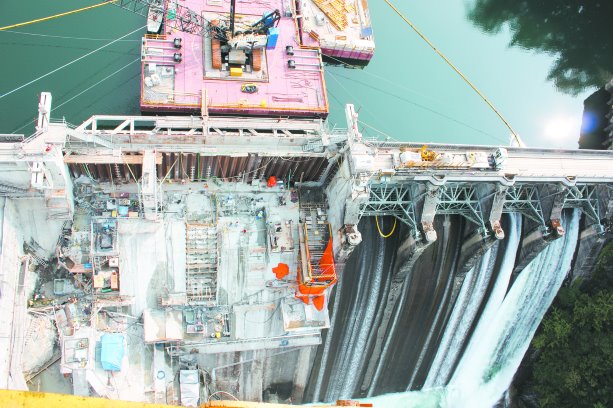
1/2
BC Hydro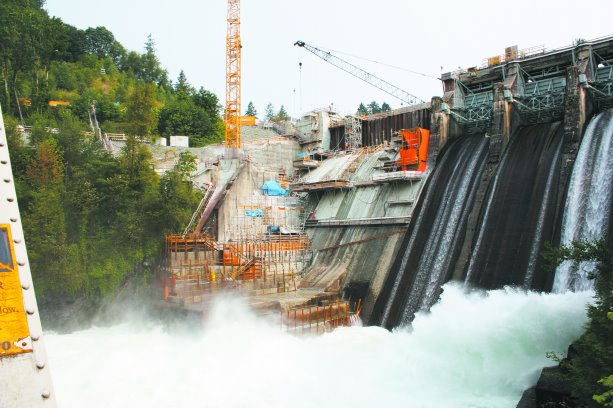


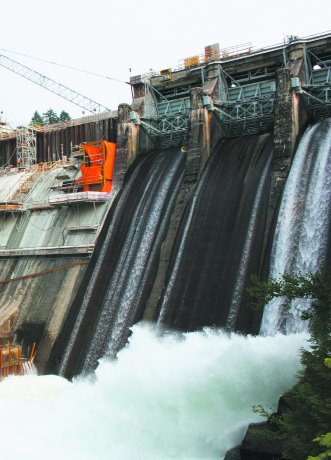

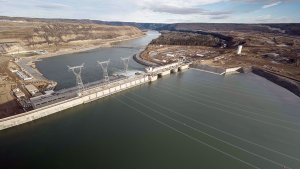
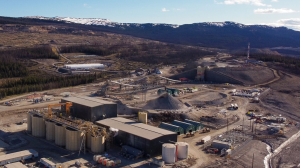




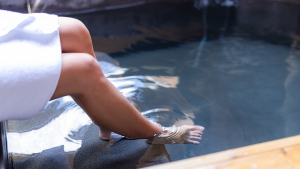
Recent Comments
comments for this post are closed